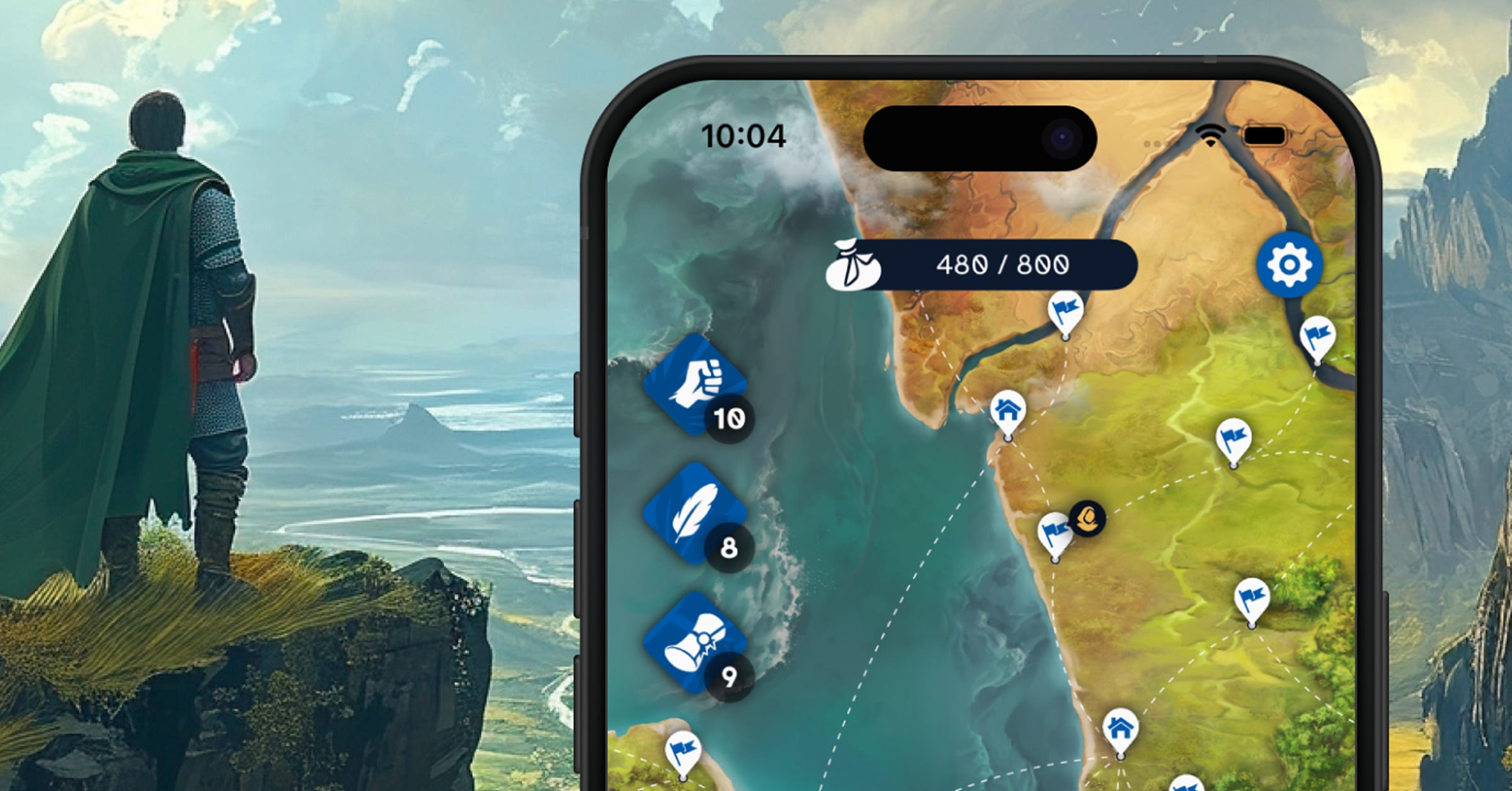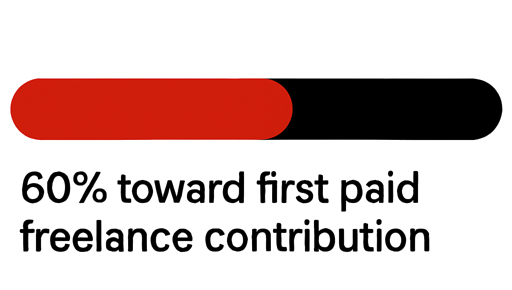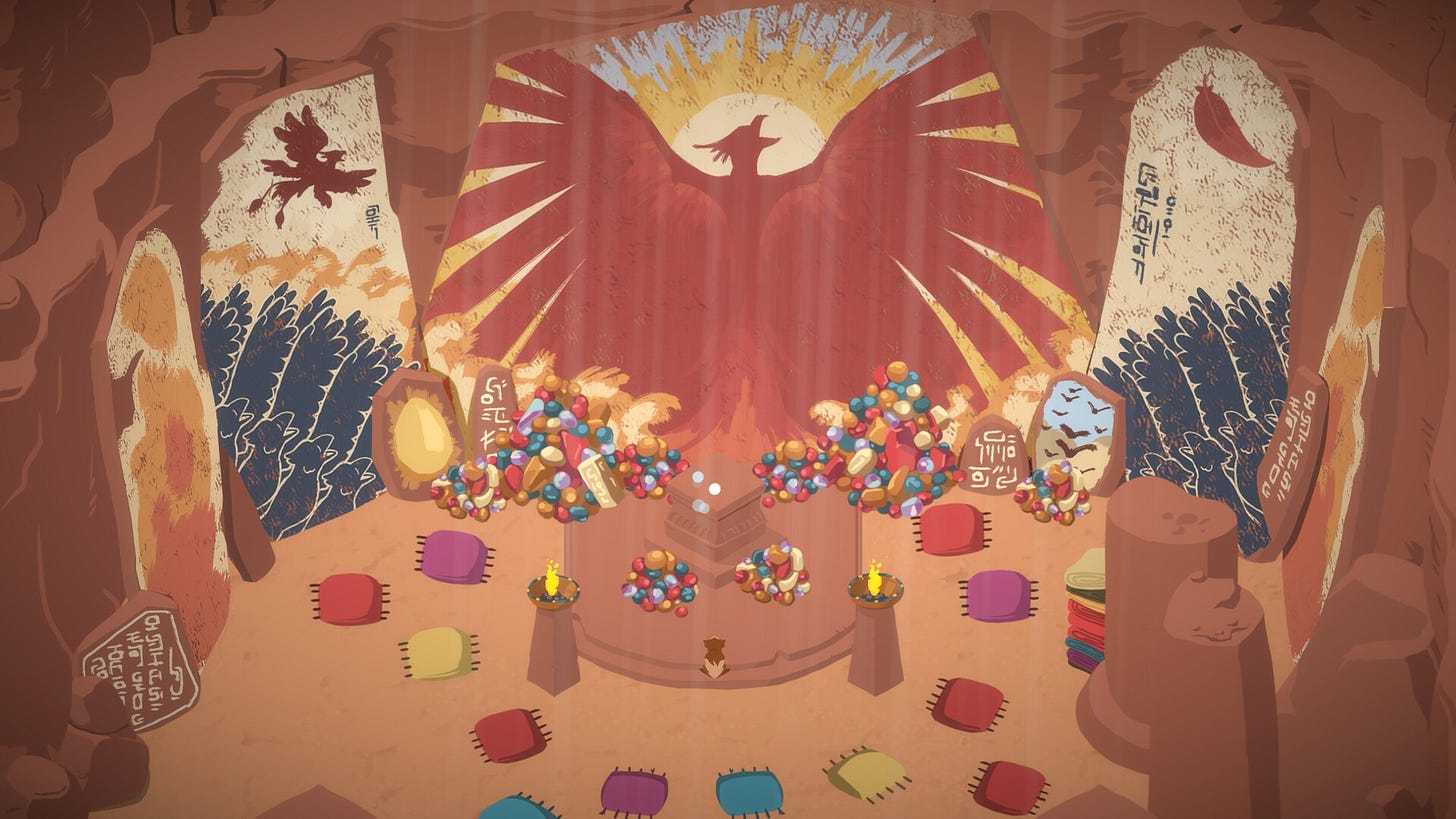The accidental accessibility champion: How one Australian dev's side project became one of Apple's most inclusive games
Aaron Vernon's Land of Livia makes a business case for inclusive design, but the industry still faces a 'content gap’.
Infinite Lives is a reader-supported publication. It’s free to sign up and read the latest piece, but as of next week a subscription will be required to read my backlog of over 80 unique articles. Each subscription goes towards improving this Substack, supporting the broader Substack gaming community and funding more independent games journalism in Australia.
When Aaron Vernon started building Land of Livia he never intended for it to become one of Apple App Store's most accessible games.
Building the mobile-based role playing game was a side hustle for the Australian tech worker, who was at the time hopping between gigs in New York. He was fed up with the predatory monetisation tactics of most mobile games, that relied on either lootboxes or grindy mechanics that strongly encouraged players to pay up. He wanted to create something that was both engaging and ethical. But after he launched in 2016, something unusual happened.
"I started receiving feedback from blind players who'd found the game via a forum called AppleVis," Vernon says. "They told me it was almost accessible and gave tips on how I could improve it.
"So I started making those changes. And the feedback I received was just so heartfelt. Honestly, it became addictive."
Fast-forward almost a decade and Vernon's game was the only Australian app to make it as a finalist in this year's Apple Design Awards, nominated in the accessibility category. It lost out to Austrian puzzle game Art of Fauna, but it's a remarkable achievement in a contest where thousands of mobile games vie for the top prize.
More broadly, accessibility sits in a curious space within the gaming industry, with more studios embracing it, where cost permits. While previously underserved by major gaming companies, plateauing user growth has seen many platforms redouble their efforts, especially as the average age of gamers globally – now sitting at 35 – continues to climb.
Recently, Valve launched a slew of accessibility features including a screen reader, adjustable UI sizes and a full screen user interface for ease of readability. Nintendo also bit the bullet, honing in on accessibility with the launch of the Switch 2. A notorious holdout in this space, Nintendo's latest console includes features such as text to speech capabilities, screen colour adjustments and a screen zoom.
While Apple has lagged behind the major players in other aspects of its gaming offering, its push towards accessibility with its devices more broadly has actually seen it carve out a unique niche for itself in the gaming market. This ecosystem advantage is precisely what developers like Vernon have been able to capitalise on.
"We started with Voiceover support — that's Apple's screen reader for blind users. But instead of just ticking the box, we built accessibility into the core of the design," Vernon says.
"Then in 2023, once the company launched, we expanded support to low vision users — introducing a high-contrast interface, dark mode for eye strain, and adjustable fonts throughout.
"We even support Apple's maximum font size, which I've never seen another game do. Font size is usually a huge problem in games, but ours fully supports those larger text settings."
One of the fundamental challenges however of accessible design is crafting the game in a way that it's both easy to play, but not to the point where there's no challenge for the player.
"We work really closely with our beta testers and Discord community to find that sweet spot," Vernon says.
"I've had very direct conversations with players: "If we make this too easy, you won't get that sense of reward. So it's not binary. It's not 'accessible or not.' It's about nuance and understanding where each player is at. We meet them in the middle. That's what inclusive design is really about."
The content gap
One of the greater challenges the accessibility trend faces is that these settings and features are seen as an add-on as opposed to foundational to the design of the game. This speaks to what Vernon identifies as the industry's core problem.
"The problem isn't a technology gap anymore. The tools exist. What we're facing is a content gap — a lack of games designed with accessibility in mind," he says. What's missing, he explains, are games that consider accessibility from conception rather than retrofitting features after launch. This means fewer puzzle games with audio cues for blind players, fewer RPGs with comprehensive text-to-speech support, and fewer action games with customizable controls for players with motor impairments.
Keirron Stach, Founder and Creative Director of studio A Few Dragons, says accessibility can be a balance between player expectations and, despite best intentions, managing funds.
"Sometimes though the budgets of indies are just not big enough to include every single option we want to, and that extra time and effort may not always lead to the sales to cover that development time,” he says.
His game, The Sacred Acorn, isn't honing in on accessibility, but it still implements what Stach says are "easy wins" for all games in this regard, including eliminating screen shake, featuring high contrasting colours and adjustable soundscape, where players can independently toggle the volume of background music and other sounds.
"Good intentions don't always make a good business case," Stach says. "But we should strive to do as much as we can with what we have.”
However, Vernon says there's still an untapped market for accessible games, a business case he's trying to prove with Land of Livia.
"The people who do play accessible games are high-intent users who'll play despite barriers."
"If we can prove that inclusive design creates commercial wins, then every mobile studio will follow."
The future of accessibility
More broadly, both Vernon and Stach agree that accessibility in gaming is improving.
"Where I hope it'll be is that accessibility becomes baked into every development flow," Vernon says, commenting on what the trend will look like in five years time.
"It improves the product and expands your market — it should be embraced," he adds.
Stach adds: "I hope we see more tools that come with accessibility out of the box, pre-made set ups for engines that an indie developer can use from the start,"
"We are moving towards -- albeit slowly -- to a time where everyone should be able to play games regardless of their personal circumstances."
What do you think about the current level of accessibility in games? Is it something you care about when deciding on a game? And what’s your view on the industry’s approach towards it? Let me know in the comments below.







I work in tech and we have been pushing accessibility forward in our teams and it has been great to see the recognition. We had a blind tester in showing us how they navigated our website and it was eye opening and makes you really think about design and changing things or not.
So this is a topic I find really interesting in the gaming world. Not only do you have a screen but each time the controls can be different and the objectives are different. So how do you design things in a universally accessible way? Generally good accessibility benefits everyone so it’s definitely a good thing.
This is great. I work specifically in the mobile game industry, and can attest that accessibility is not a priority for most companies. It is only after feedback that it is considered, and usually it is implemented if it benefits the company in a substantial way. I hope that it'll change one day, and it is great that the developers of Land of Livia are already taking the necessary steps to ensure accessibility. Though I do knowthat it is not easy to make games accessible with one single change - it is a really broad spectrum that you need to focus on what to change and what to keep. Especially since mobile games are generally made with a small team of developers - with exceptions of course.
But I'm hopeful towards a better future for more accessible games! Especially with the right encouragement to the developers and companies (awards, benefits etc), I believe the industry can become more inclusive towards all players